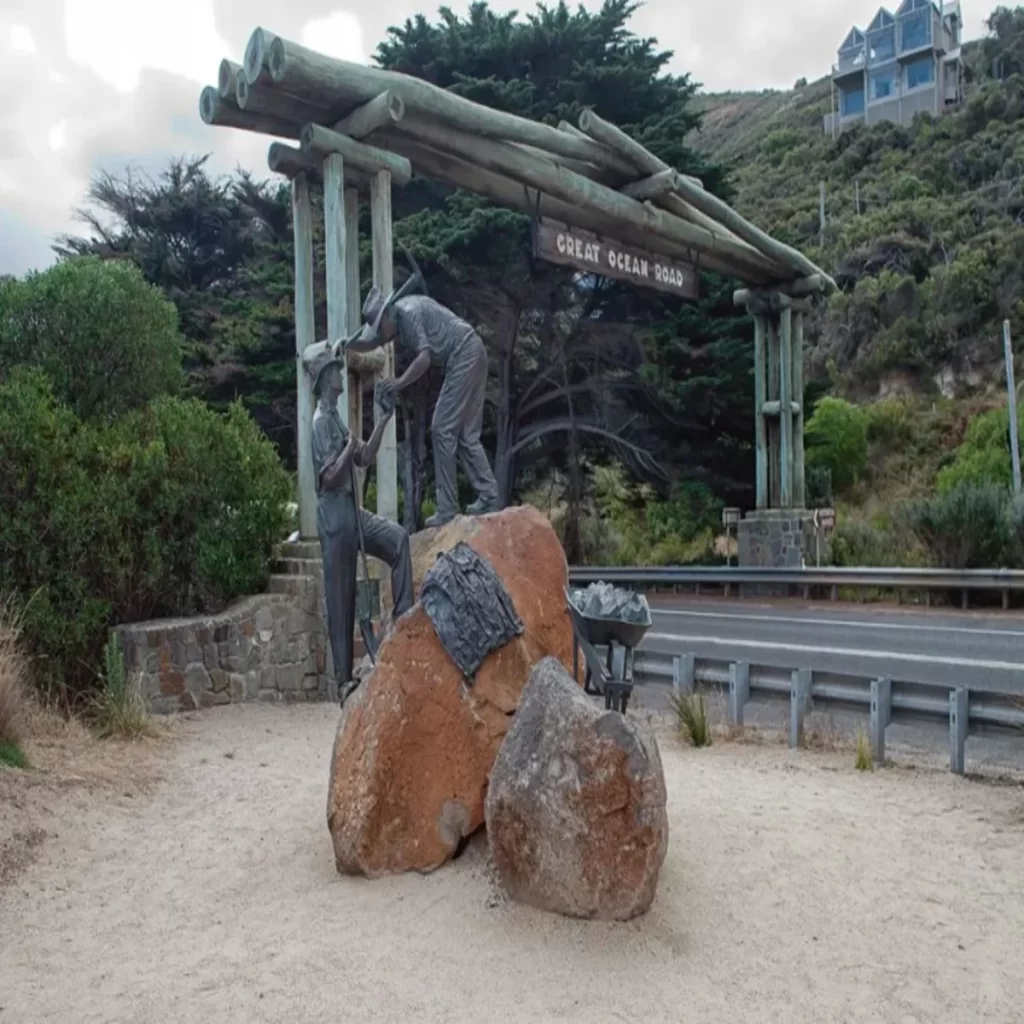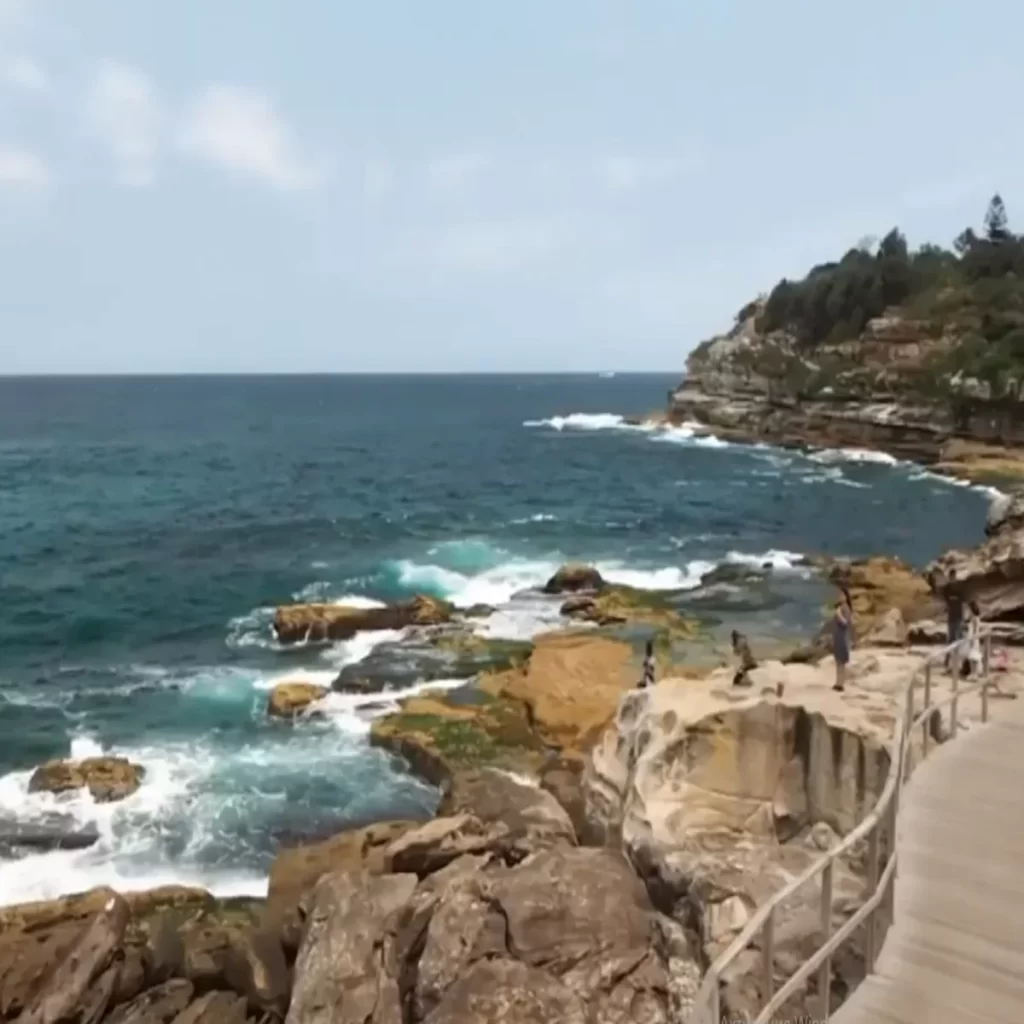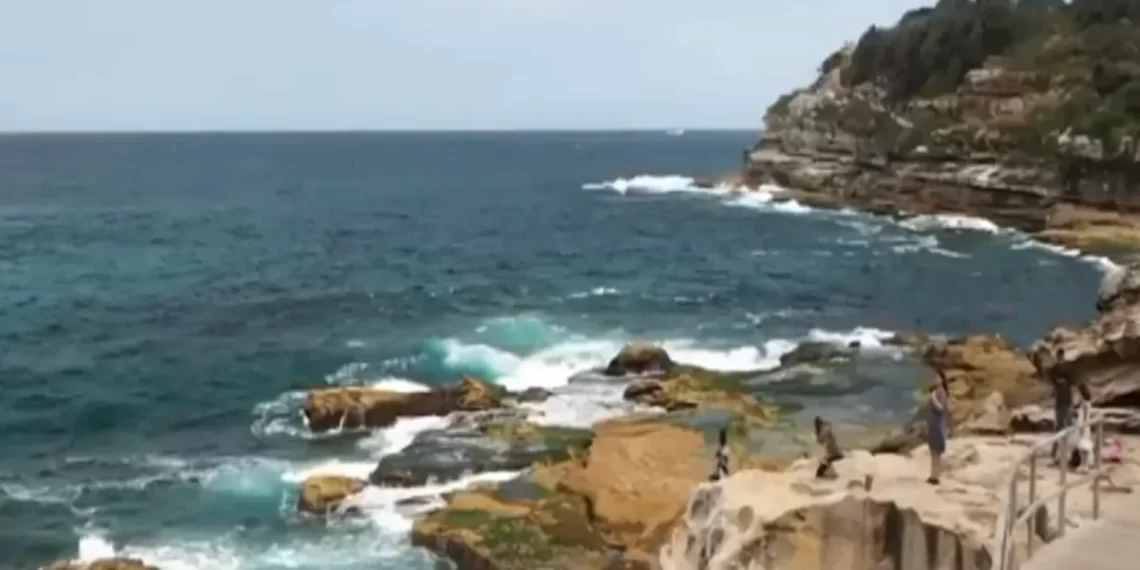Great Ocean Road – Victoria
The Great Ocean Road is a 242-kilometre stretch of road in Australia known for its rugged natural beauty, shipwreck stories, and surfing culture.
Book the Great Ocean Road Tour and embark on a journey to explore the coastal towns and attractions of the region.

Australia’s most significant war memorial
Australia’s biggest tribute to the diggers, the Great Ocean Road, is a fair dinkum testament to the spirit and sacrifice of more than 3,000 ANZACs who returned from the Great War. It is a striking reminder of Aussie service members’s involvement in World War I, the nation’s gratitude for their efforts, and the ongoing support for these blokes and sheilas upon returning to Down Under.
Dreamt up as a way to give returned WWI diggers a bit of work and as a tip of the hat to all Aussie service members from the war, this project also aimed to be a bit of a gift to locals and blow-ins alike, opening up the beauty coastal views and unique landscapes through a winding road that cuts through some ripper natural scenery.
Knocked over in 1932, the Great Ocean Road was crafted to honour Victoria’s WWI heroes, serving as a long-lasting nod to their service and sacrifice. From 1919 till the road was done, over 3,000 returned diggers put their backs into this mammoth task, facing tough living and working conditions to get it sorted.
This road’s also linked with a few big names who’ve made their mark nationally, like William T B McCormack, who tackled the tricky engineering and surveying gig; Howard Hitchcock, the Geelong Mayor who was all for giving the diggers a fair go at work; Edna Walling, a top-notch landscape designer who found inspiration along the Great Ocean Road; and of course, the thousands of diggers who got their hands dirty building it.
The Twelve Apostles

Cutting through terrain that’s been around for a whopping 150 million years, including spots where you can find fossils of polar dinos at places like Dinosaur Cove, the Great Ocean Road is a goldmine for science boffs looking for ancient secrets.
The Port Campbell Limestone coast is the go-to place for checking out limestone geomorphology and how the sea chews away at rocky coasts, primarily because of how quickly erosion happens and the famous stack collapses here.
Among these rock formations is the world-renowned Twelve Apostles, a group of limestone stacks that stand 45 metres tall but have been whittled to eight thanks to the ocean’s gnawing. Other formations like the London Arch and Island Arch show how much this coast is constantly changing under the force of the sea.
Iconic Coastal Road Trip
The ever-changing views and landscapes along the Great Ocean Road have made it Australia’s most iconic coastal drive. Designed to blend with the natural beauty, it offers a smooth ride that follows the coast closely, giving folks stunning views of the ocean and the land beyond. With lookouts and pullover spots along the way, travellers get unspoiled views of the coast, the hinterland, and the Bass Strait, all framed naturally without any pesky buildings to ruin the shot.
From Lorne to Kennett River, you’re treated to some of the best cliff and ocean scenes you can see from the comfort of your car. The Great Ocean Road also serves up epic views of the Twelve Apostles and other natural wonders like cliff walls, island arches, and caves, all while keeping the surrounding landscapes of coastal heath and wetlands pristine.
A Surfing Mecca
And let’s not forget Bells Beach, a legendary spot in the surfing world and a must-visit along the Great Ocean Road.
Bells Beach holds a special place in the heart of surfers globally, known for its unique waves and as the venue for the world’s longest-running surf comp since 1961. In 1973, it was declared the first surfing reserve in Australia, a pioneering move that recognised the cultural and sporting significance of the spot.
For many Aussies, the Great Ocean Road is more than just a road; it symbolises holiday adventures, breathtaking scenery, and a nod to the country’s rich history, including the tales of historic shipwrecks along the coast.

